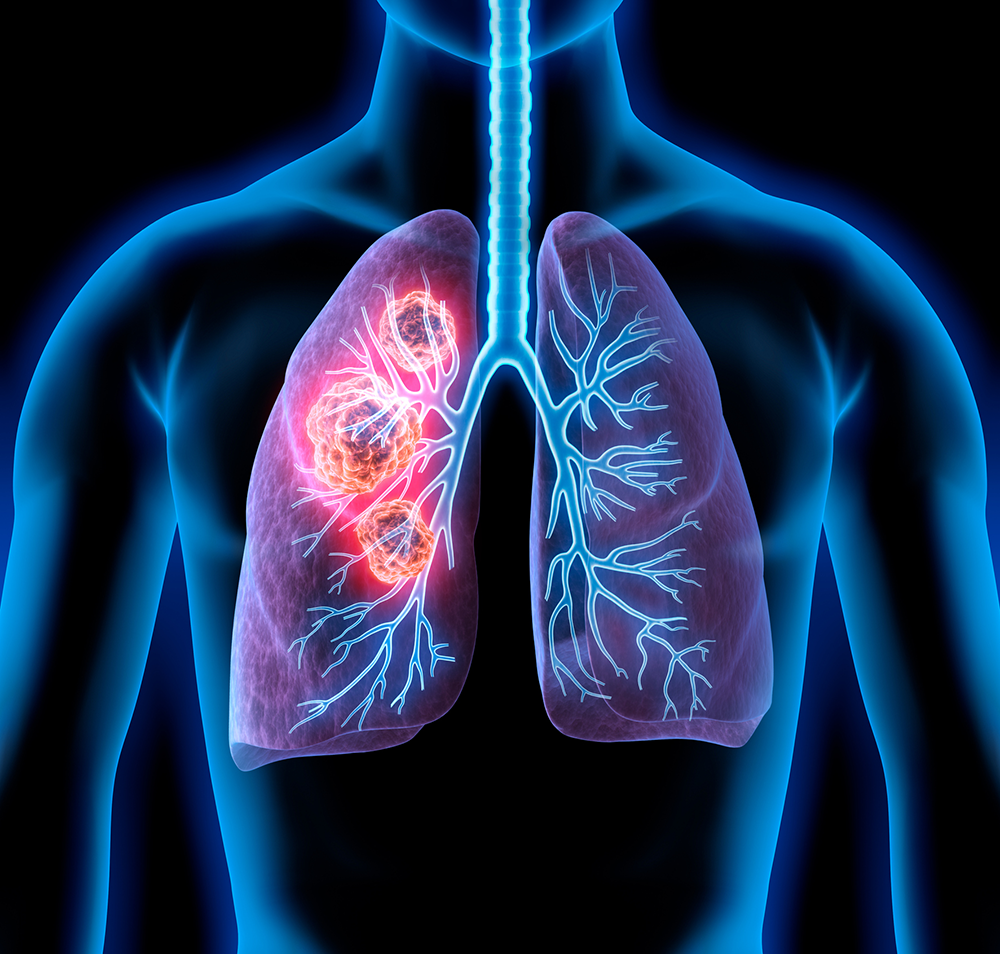This content is courtesy of Mayo Clinic, the No. 1 hospital in the nation according to U.S. News & World Report. Minnesota Oncology is a member of the Mayo Clinic Care Network. This relationship provides us with access to information, knowledge and expertise from Mayo Clinic.
Gynecologic cancer is any cancer that starts in the female reproductive organs. More than 116,000 people in the U.S. will be diagnosed with a gynecologic cancer this year, according to the Foundation for Women's Cancer.
September is Gynecologic Cancer Awareness Month, which makes this a good time to learn about the five types of gynecologic cancer and the treatment options for each.
Cervical cancer
Early stage cervical cancer generally produces no signs or symptoms. Indications of more advanced cervical cancer include vaginal bleeding after intercourse, between periods or after menopause; watery, bloody vaginal discharge that may be heavy and have a foul odor; and pelvic pain or pain during intercourse. It isn't clear what causes cervical cancer, but it's certain that HPV plays a role, along with environmental factors and lifestyle choices.
Treatment for cervical cancer depends on several factors, including the stage of the cancer, other health problems you may have and your preferences. Surgery, radiation or chemotherapy, or a combination of the three, may be used.
Endometrial cancer
Endometrial cancer, sometimes called uterine cancer, begins in the layer of cells that form the lining of the uterus. Endometrial cancer often is detected at an early stage because it frequently produces abnormal vaginal bleeding, which prompts women to see their health care professional. If endometrial cancer is discovered early, surgically removing the uterus often cures it.
Treatment for endometrial cancer typically involves surgery. Other options include radiation therapy, chemotherapy, hormone therapy to block hormones that cancer cells rely on, targeted drug therapy that attacks specific weaknesses in the cancer cells and immunotherapy to help your immune system fight cancer.
Ovarian cancer
Ovarian cancer may not cause any symptoms, and when symptoms are noticeable, they're often attributed to other more common conditions. These signs and symptoms can include abdominal bloating or swelling; quickly feeling full when eating; weight loss; discomfort in the pelvic area or back pain; fatigue; and changes in bowel and bladder habits, including constipation and frequent urination.
Treatment for ovarian cancer usually involves a combination of surgery and chemotherapy. Other treatments, including targeted drug therapy, hormone therapy and immunotherapy, may be used in certain situations.
Vaginal cancer
Vaginal cancer most commonly occurs in the cells that line the surface of the vagina. While several types of cancer can spread to the vagina from other places in the body, primary vaginal cancer is rare. A diagnosis of early stage vaginal cancer has the best chance for a cure. Vaginal cancer that spreads beyond the vagina is more difficult to treat.
Treatment for vaginal cancer depend on several factors, including the type of vaginal cancer you have and its stage, as well as your preferences. Treatment for vaginal cancer typically includes surgery and radiation. Chemotherapy may be used during radiation therapy to enhance the effectiveness of radiation.
Vulvar cancer
Vulvar cancer occurs on the outer surface area of the female genitalia. The vulva is the area of skin that surrounds the urethra and vagina, including the clitoris and labia. Vulvar cancer commonly forms as a lump or sore on the vulva that often causes itching.
Treatment for vulvar cancer depends on the type, stage and location of your cancer, as well as your overall health and preferences. Treatment typically involves surgery, and may also include radiation therapy, chemotherapy, targeted drug therapy and immunotherapy.
Connect with others like you in the Gynecologic Cancers support group on Mayo Clinic Connect, an online patient community moderated by Mayo Clinic.




